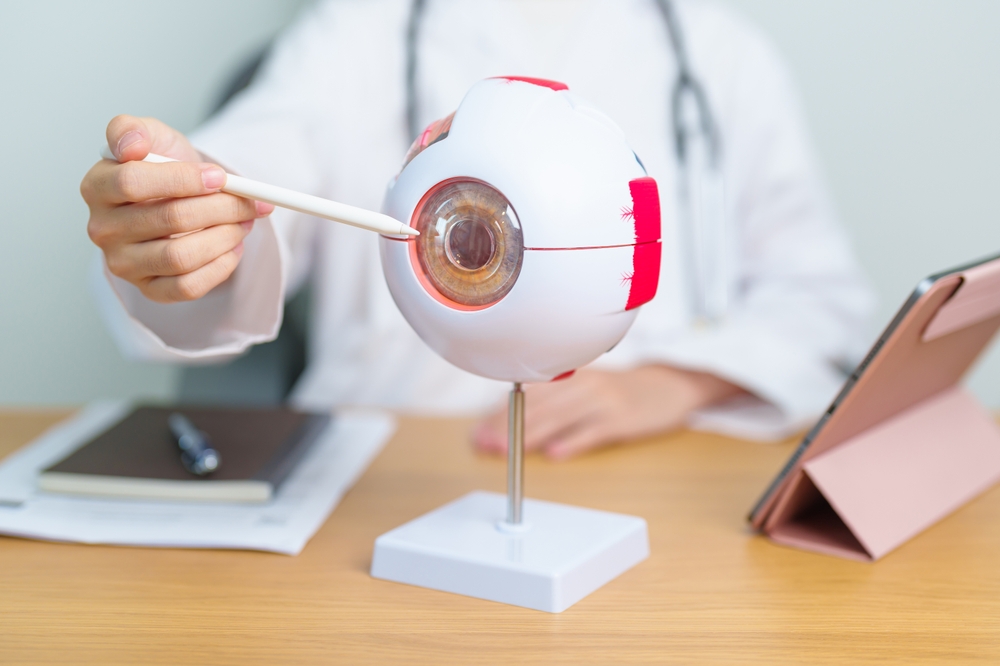
Photorefractive keratectomy, commonly known as PRK, is a type of refractive surgery used to correct vision problems such as nearsightedness, farsightedness, and astigmatism. Like LASIK, PRK uses a laser to reshape the cornea, allowing light to focus more precisely on the retina for improved vision.
The main difference between PRK and LASIK is that PRK does not involve the creation of a corneal flap. Instead, the thin outer layer of the cornea, called the epithelium, is gently removed before the laser treatment is applied. After the procedure, a protective contact lens is placed over the eye to help your eye heal as the epithelial layer regrows, which typically takes a few days.
Although the initial recovery after PRK may be slightly longer compared to LASIK, the long-term vision results are similar. PRK is often recommended for patients with thinner corneas or certain corneal conditions that make them a poor candidate for LASIK.
Refractive Lens Exchange, or RLE, is a surgical procedure that involves removing the eye’s natural lens and replacing it with an artificial intraocular lens, also called an IOL, to correct vision. While RLE is similar to cataract surgery, it is performed to correct refractive (focus) errors rather than to remove a clouded lens due to cataracts.
Refractive Lens Exchange is typically recommended for patients in their 40’s and beyond who have presbyopia. Presbyopia is a normal age-related condition that causes difficulty focusing on close objects.
Since LASIK or PRK will only correct distance vision, patients with presbyopia would still require glasses for near tasks. RLE has the potential to offer reduce dependence on glasses or contacts at all distances.
It can also be an option for those with high degrees of nearsightedness, farsightedness, or astigmatism. During the Refractive Lens Exchange procedure, the eye surgeon creates a small incision in the eye, removes the natural lens, and replaces it with an IOL.
There are various types of IOLs available which can be selected based on your specific needs and lifestyle preferences. If you choose Refractive Lens Exchange, your eye doctor will help you determine which lens may be best for you.
Recovery after Refractive Lens Exchange is generally quick, with most patients experiencing improved vision within a few days. Like PRK and LASIK, Refractive Lens Exchange can allow you to significantly reduce your dependence on visual aids like glasses and contact lenses.
Do you want to learn which procedure might be right for you? Schedule an appointment at Cookeville Eye Specialists in Cookeville, TN, today!
Refer a patient today and make a positive impact on their health journey with our convenient and user-friendly patient referral form below
Patient Referral Form1125 Perimeter Park Dr.
Suite 200
Cookeville, TN 38501